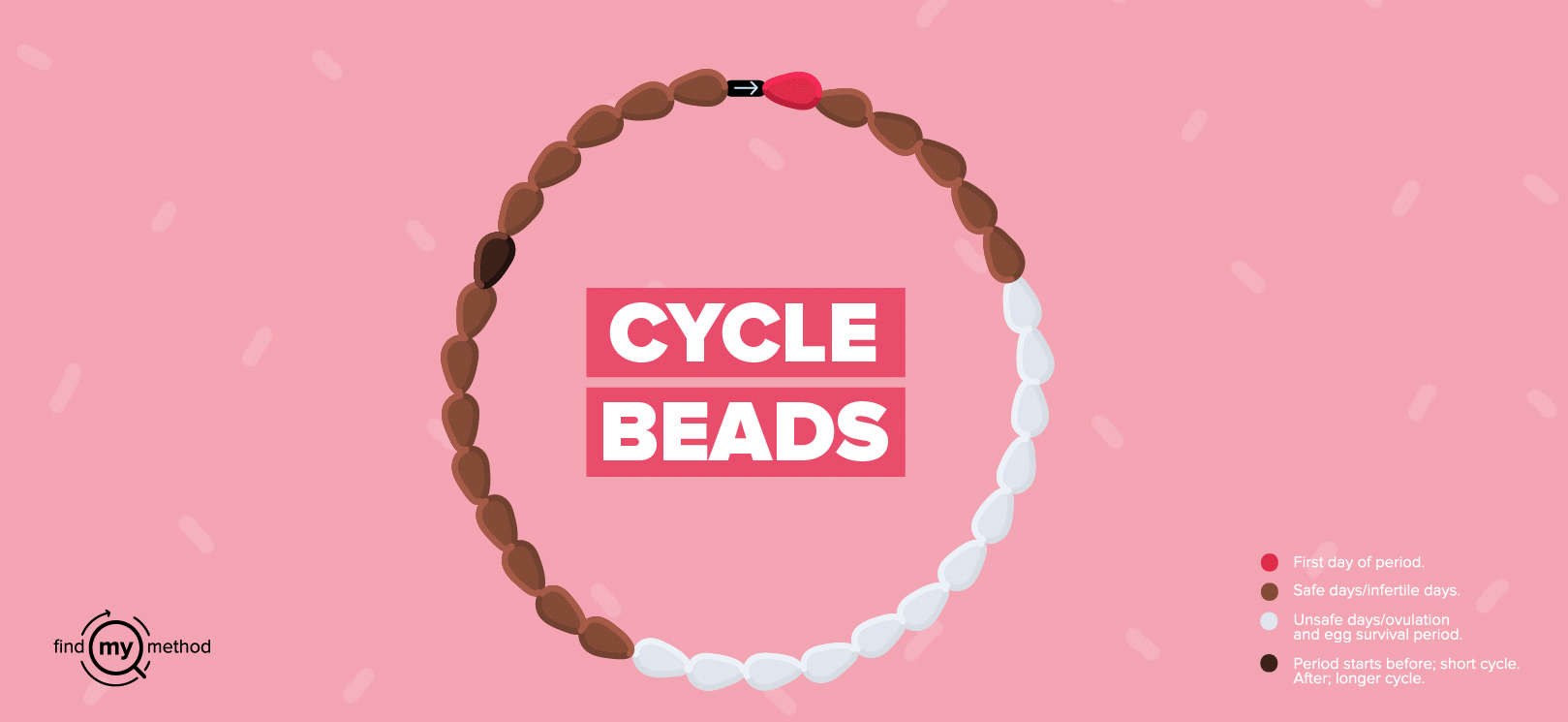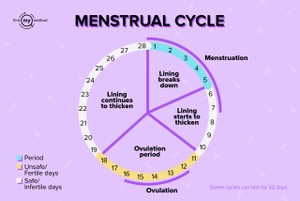Are you sexually active? What contraceptive are you on? Have you heard about fertility awareness method?
So many women all over the world have sex for every other purpose but procreation because they don’t want a baby. They have sex for pleasure, bonding purposes, fun, and several other reasons.
Why are you having sex? And if you are amongst the women who do not want a baby, how do you prevent pregnancy?
I know quite a number of women who rely on the fertility awareness method to prevent pregnancy. Some older women would tell you that they’ve used it for years and it has always worked for them. Other women might mention to you that it once failed them and they either had to have the baby or opt for abortion. Truth is, just like every other contraceptive, the fertility awareness method does not work 100% in preventing pregnancy. It has its upsides and downsides and in this article, I will be explaining to you how it can work successfully to prevent pregnancy, how it might be an option for you if you’re looking to get on a contraceptive and the many ways that it can fail you.
How does fertility awareness method work?
Every person who menstruates has a safe period (infertile days) and unsafe period (fertile days) for sex with regards to the possibility of getting pregnant. I’m guessing you knew that already! According to the fertility awareness method, a person’s unsafe period includes their ovulation day and a few days before and after their ovulation day. Every other day including the menstruation days are considered safe days to have sex without worrying about getting pregnant.
Hence, to use the fertility awareness method, you need to track your menstrual cycle and identify which days are unsafe and avoid sex on those days. If you have sex during those days, use other forms of contraceptives such as condoms, diaphragms etc. to prevent pregnancy.
The unsafe period:
It’s been estimated that a person ovulates in the middle of their cycle and an egg released during ovulation can last 12 to 48 hours before it dies. Hence, two days in the menstrual cycle (the midpoint) are marked as highly unsafe.
Also, when sperm is released inside the vagina, it stays in the reproductive tract for up to five days before coming out. For this reason, days before the estimated ovulation day are marked as unsafe too.
So depending on the length of the menstrual cycle (between 25 to 32 days), the unsafe period should fall within Day 8 and Day 19 of the cycle.
Note: The numbering of the days depends solely on the length of each person’s menstrual cycle. If you have a regular cycle of 28 days, your ovulation days should fall between Day 14 and Day 16 whereas if you have a regular cycle of 31 days, your ovulation days should fall between (Day 16 and Day 18).
The safe period:
With the unsafe period (Day 8 to Day 19) in mind, a person’s safe period starts from Day 1 of their period (when their period starts) till Day 7 and then from Day 20 till Day 7 of the next cycle.
Upsides of fertility awareness method
So many women would rather not use other contraceptive methods because of the side effects that come along with using them. They fear weight gain, acne, mood swings, and period irregularities, so they’d rather use one that wouldn’t give them any of those side-effects. If you are one of those women, the calendar method can be a great option for you.
The truth is, in an ideal situation, if you use the fertility awareness method and you avoid having unprotected sex on days marked as unsafe for sex, you should be able to stay without getting pregnant until you are ready. You only need to track your cycle well enough to be more certain about your ovulation days. One thing you can do is to track your cycle for six months and note the average length to make tracking easier. Some options for easy tracking are:
-
Ovulation signs
Some women are lucky enough to know when they are ovulating because of the rise in basal body temperature, ovulatory bleeding/spotting, cervical mucus, cramps/ovulation pain, increased sex desire, and others. Observing these signs for a number of months (six ideally) can make it easier to track one’s cycle.
-
Ovulation test kits
Just like how there are test kits for pregnancy testing, there are test kits for ovulation testing. It requires the use of urine; and a positive test result means that your ovulation day is approaching. Unfortunately, the test kits might not work well if a person has polycystic ovary syndrome – a disorder which prevents regular release of eggs.
-
Cycle beads
This is an old way of tracking the menstrual cycle that is supposed to make it easier for women. The beads consist of a number of brown beads, white beads, one red bead, and a flexible ring. The brown beads represent the safe period, the white beads represent the unsafe period and the red bead represents the first day of your period. To use it, all you have to do is move the ring over the beads, one bead a day. Make sure you move the ring over the red bead when your period starts. The next day, move it over one brown bead and keep moving it every single day. When the ring moves over a brown bead, you know you are safe and when it moves over a white bead, you know you are not.
Check this animation to understand how cycle beads work:

-
Period apps
With the advent of smartphones, period tracking has been made easier because of period apps. Every person I know has a period app on their phone because it takes away the need to do any counting. All you need to do is to remember to log in the start dates and end dates of your period and the app will do the rest. It will track your period well enough and let you know the safe and unsafe days.
Downsides of fertility awareness method
The fertility awareness method is 80-87% effective in preventing pregnancies. This means that there’s still a 13-20% chance that you might get pregnant when you use this method. Why is it so?
Even though tracking your menstrual cycle well enough and using other forms of contraceptives on your fertile days can make this method very effective, there’s still no foolproof way of detecting when exactly a person is ovulating. Some women find it easier to determine what days they are ovulating while others are never certain. Also, a number of reasons can result in contraceptive failure when a person is using the fertility awareness method. They are as follows:
-
Irregular menstrual cycles
The fertility awareness method works more effectively when a person’s cycle is regular. It makes it easier to track the fertile days and they can be more convinced about safe and unsafe days.
-
Delayed ovulation
A number of factors like stress, medication, weather conditions, illness, menopause, and breastfeeding can delay ovulation. Or this can cause for a person to ovulate earlier than they should. This can affect tracking and get a person pregnant when they have unprotected sex on a day that was supposed to be safe but ended up being unsafe.
-
False positive ovulation test
Although ovulation test kits have been said to work well, sometimes, the results can be false. This can result in a person having unprotected sex on the wrong days.
-
Ovulating more than once a month
In some rare cases, women tend to ovulate multiple times a month. It could be twice or thrice. This can easily make the fertility awareness method fail you because it only identifies one ovulation period, not more.
That being said, kindly note that the fertility awareness method is still a viable option. It’s important to understand the right way to use it to prevent contraceptive failure. Also, aside from pregnancy, keep the prevention of sexually-transmitted diseases in mind.
Do you have something to share? Leave your comments below, contact us on our social media platforms: Facebook, Instagram and Twitter or send us an email to info@findmymethod.org. For more information on contraception, visit findmymethod.org
About the author: Ami Shikah is a sexual and reproductive health expert. She discusses sex on her website and sexuality podcast Sex and Sanity.





